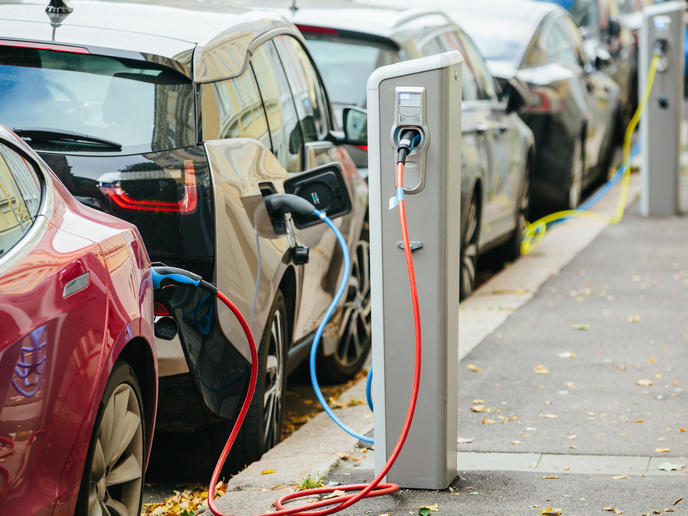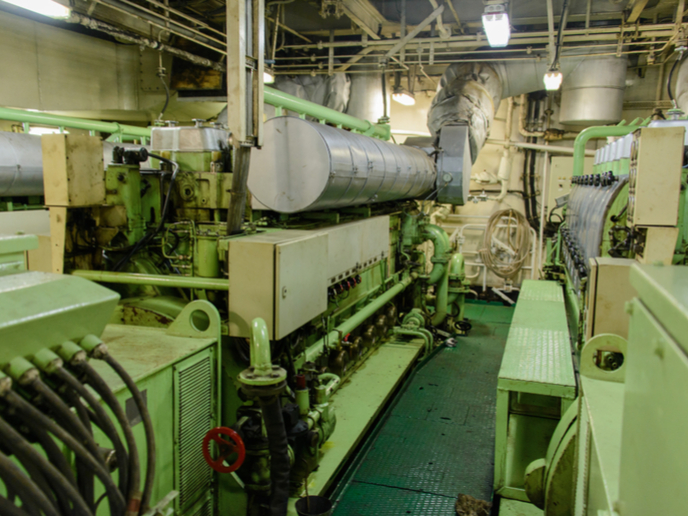Speeding up lightweight electric vehicle design
Electric vehicles promise a greener future in the field of transport, through reducing our dependence on fossil fuels and thus lowering greenhouse gas emissions. Nonetheless, improvements still need to be made in terms of raw material usage and energy efficiency, to ensure optimal societal and environmental impact. “For example, reducing the weight of electric vehicle chassis would bring immediate benefits,” explains Fatigue4Light co-coordinator Sergio Jiménez from the International Centre for Numerical Methods in Engineering in Spain. “In general, lighter vehicles require less raw material, resulting in a reduction in energy consumption during production. Lighter vehicles would also be more fuel efficient and have an increased range, a critical parameter in this sector.”
Measuring novel material fatigue performance
Reducing the weight at chassis level needs to be balanced with performance and safety. This involves measuring fatigue performance – typically a time-consuming and costly exercise. To address this, the Fatigue4Light project sought to develop and apply new advanced experimental and numerical techniques. The project brought together specialised industry partners, universities and research institutions to collaborate and share know-how. “The ultimate objective of the Fatigue4Light project was to see if we could achieve a 10 % weight reduction in electrical vehicles by using new materials at the chassis level,” says co-coordinator Lucia Gratiela Barbu. “To do this, we developed and used advanced numerical methodologies and experimental techniques to characterise potential materials, including press-hardened steel, Al alloy and hybrid solutions. In this way, we were able to assess fatigue performance and ensure that the proposed new components meet industry requirements.”
Overall vehicle weight reduction
The project’s numerical tool was used to assist in the study of fatigue behaviour of several material samples. “Using this tool, it was possible to accurately predict the lifespan of certain components and capture the deterioration processes to which they are subjected,” adds Barbu. The development of two additional rapid fatigue tests also allowed for a significant reduction in the time involved in characterising fatigue response. Aligned with the project’s key objective, an overall vehicle weight reduction of between 10 % and 12 % was achieved. “It should be noted that these values are a prognosis based on the extrapolation of the results achieved for certain chassis components,” says Jiménez. Of these novel material components, potential weight reductions of more than 30 % were achieved. This could lead to the commercial manufacturing of lightweight electric vehicle chassis components.
New lightweight materials for transport
The Fatigue4Light project has helped to advance the introduction of new lightweight materials, as good as or superior to current solutions. For the project’s industrial partners, a critical next step will involve adjusting their production lines to manufacture these novel components. For the academics on the project team, a key focus now will be on transferring the results to other key sectors, such as aeronautics, space and maritime. The experimental techniques developed and used in the project will also be standardised, and the results disseminated in order to improve fatigue analysis across the board. “Another avenue of research will be how to apply our findings to other key electric vehicle components, such as battery boxes,” adds Barbu.
Keywords
Fatigue4Light, electric, vehicle, energy, chassis, battery, environmental







